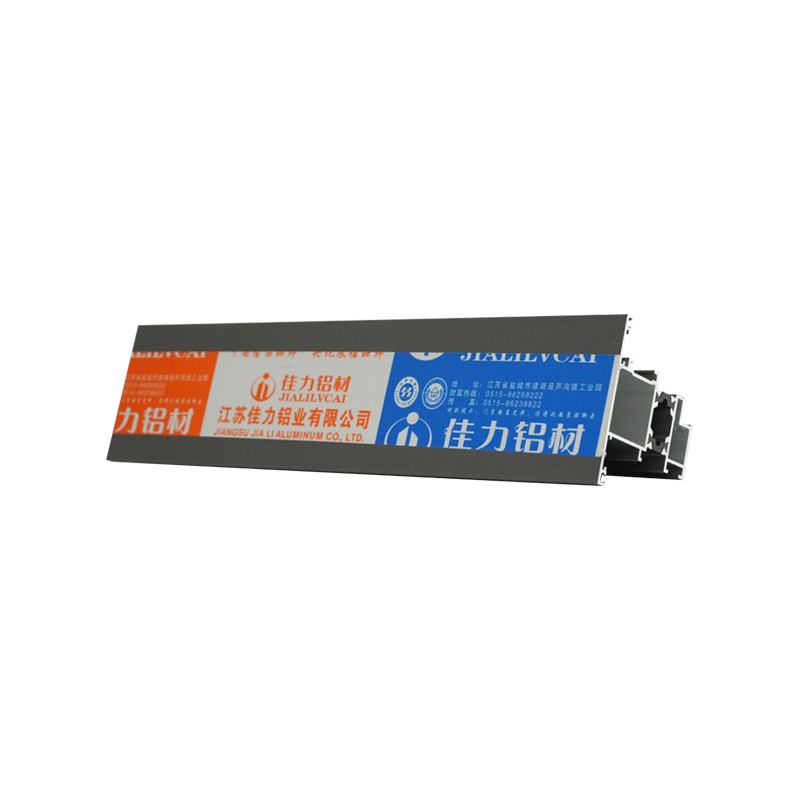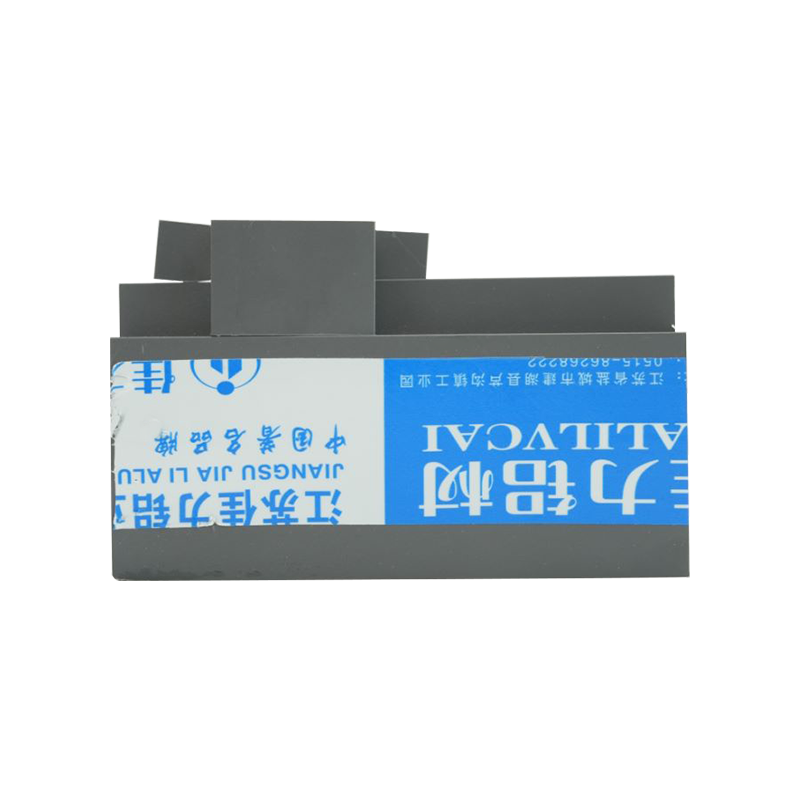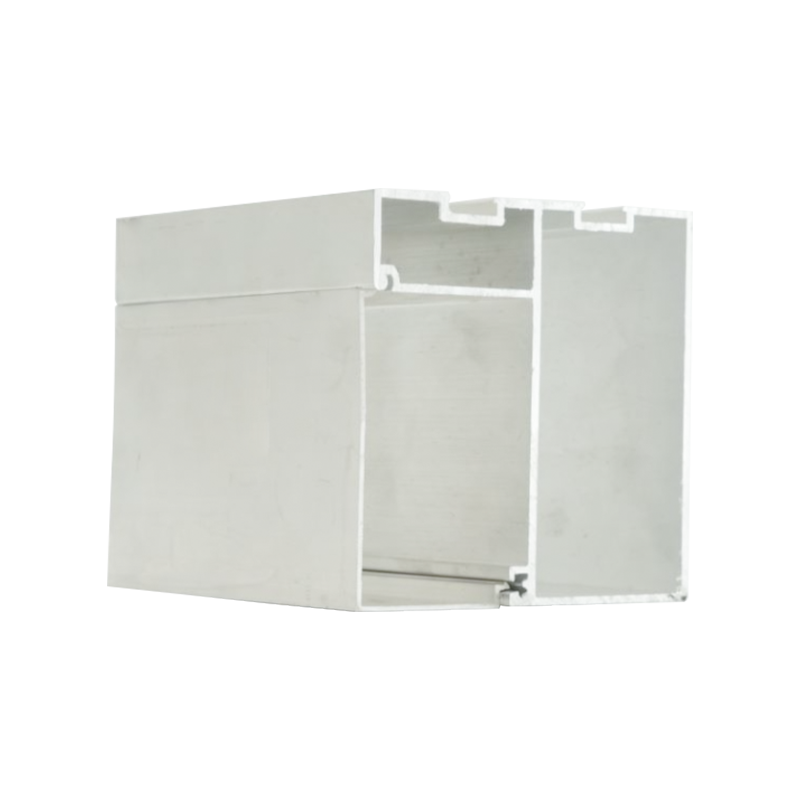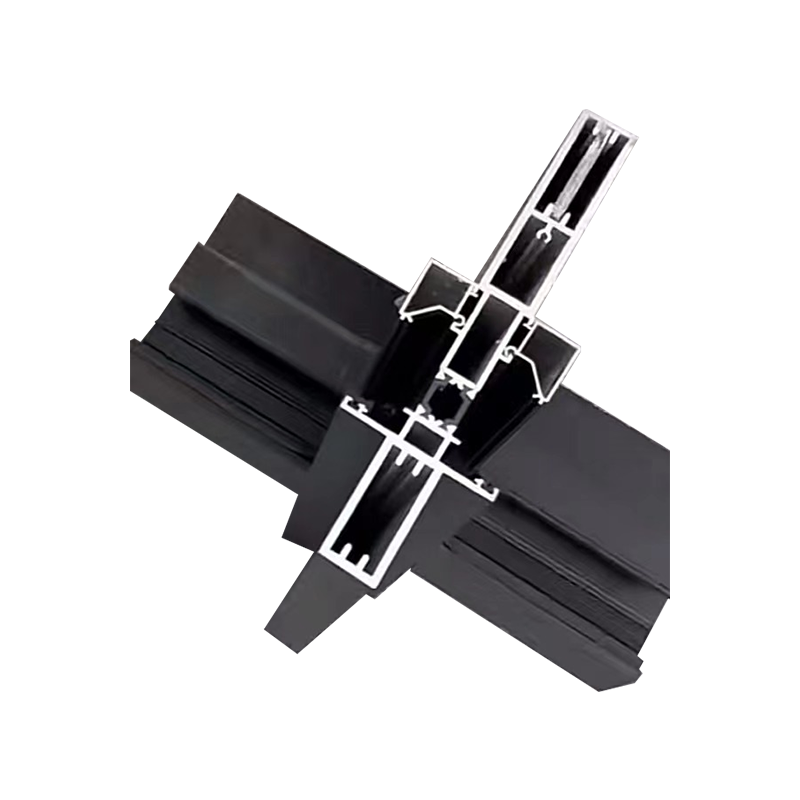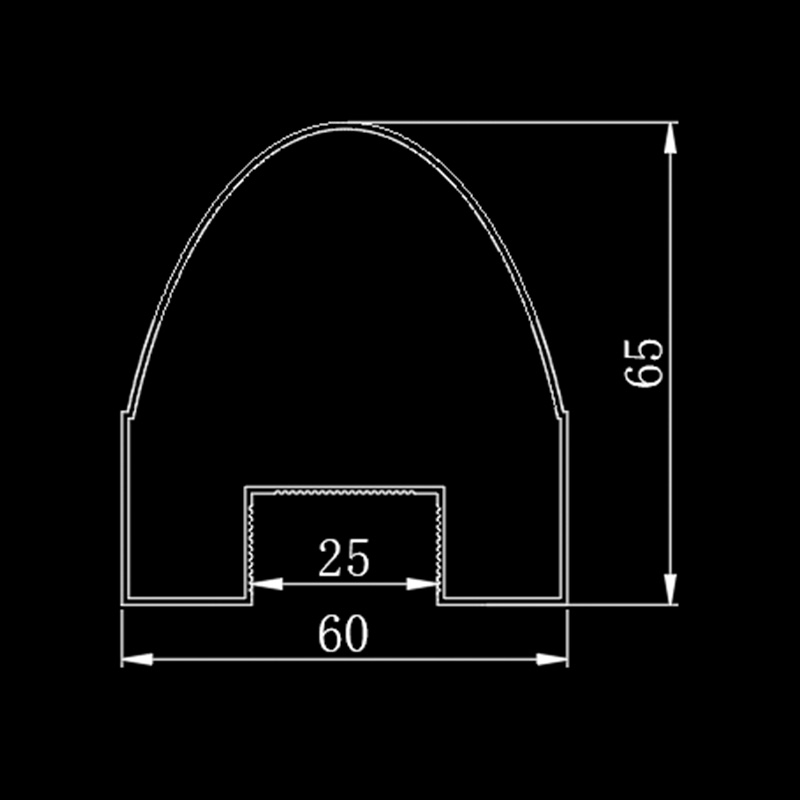The core advantage of ventilation shutter profiles lies in their optimized air circulation design. In the hot summer, this design effectively reduces the indoor temperature by rationally utilizing natural ventilation. Specifically, the blade angle of the ventilation shutter can be flexibly adjusted. When the blade is opened to the appropriate angle, the cool natural wind from the outside can smoothly enter the room, taking away the hot air in the room, thereby reducing the indoor temperature. This process not only reduces the frequency of use of artificial refrigeration equipment such as air conditioners, but also reduces the energy consumption and operating costs of the building.
It is worth mentioning that the blade design of the ventilation shutter profile also has a certain sunshade effect. During periods of strong sunlight, the blades can block part of the direct sunlight and reduce the heat absorption in the room. This function further enhances the cooling effect of the ventilation shutter in summer, making the room cooler and more pleasant. In addition, the ventilation shutter is easy to open and close, and users can adjust the blade angle at any time according to actual needs to achieve personalized ventilation needs.
The optimized air circulation design of the ventilation shutter profile not only helps to cool down in summer, but also improves the energy efficiency of the building as a whole. By making rational use of natural ventilation, buildings can significantly reduce their reliance on artificial cooling equipment such as air conditioners. This shift not only reduces the energy consumption and operating costs of buildings, but also helps reduce greenhouse gas emissions and achieve green and sustainable development.
In practical applications, the energy efficiency improvement effect of ventilation shutter profiles has been widely verified. Studies have shown that in buildings equipped with ventilation shutters, the frequency of use and energy consumption of artificial cooling equipment such as air conditioners are significantly reduced. The indoor temperature fluctuations in these buildings are also smaller, more stable and comfortable. These advantages make ventilation shutter profiles an ideal choice for improving building energy efficiency and living comfort.
In addition to cooling and improving energy efficiency, ventilation shutter profiles can also improve indoor air quality to a certain extent. By optimizing the air circulation design, ventilation shutters can introduce fresh air from the outside and exhaust dirty air from the room, thereby keeping the indoor air fresh and flowing. This process helps to reduce the growth of harmful substances such as bacteria and viruses indoors, providing users with a healthier and more comfortable living environment.
Especially in some public places, such as schools and hospitals, the introduction of ventilation shutters is of great significance for improving indoor air quality. These places are densely populated, and poor air circulation can easily lead to the spread of harmful substances such as bacteria and viruses. The optimized air circulation design of ventilation shutters can effectively solve this problem and provide users with a safer and healthier environment.
In practical applications, ventilation shutter profiles have been widely used in various building types. Whether it is residential, office buildings or public places such as schools and hospitals, ventilation shutters have won the favor of users with their unique air circulation design and energy efficiency improvement functions. The following are some typical application cases and effect analysis:
An office building: After installing ventilation shutters, the indoor temperature in summer was significantly reduced, and the air conditioning energy consumption was reduced by about 30%. Indoor air quality was improved and employee satisfaction was improved.
A school: By introducing ventilation shutters, the air circulation in the classroom was enhanced, and the comfort of students in summer was significantly improved. Due to the reduction in the use of air conditioning, the school's operating costs were also reduced accordingly.
A hospital: The introduction of ventilation shutters effectively improved the air quality in the ward and reduced the risk of cross infection. The overall energy consumption of the hospital was also effectively controlled.

 ENG
ENG
 English
English русский
русский 中文简体
中文简体 Español
Español bahasa Indonesia
bahasa Indonesia
